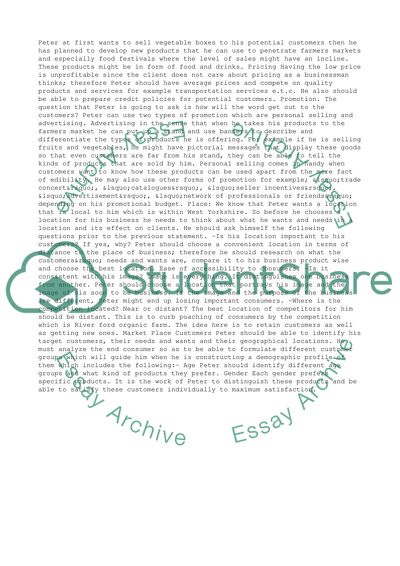Cite this document
(“Peter's farmer shop Essay Example | Topics and Well Written Essays - 2000 words”, n.d.)
Retrieved from https://studentshare.org/business/1475932-peter-s-farmer-shop
Retrieved from https://studentshare.org/business/1475932-peter-s-farmer-shop
(Peter'S Farmer Shop Essay Example | Topics and Well Written Essays - 2000 Words)
https://studentshare.org/business/1475932-peter-s-farmer-shop.
https://studentshare.org/business/1475932-peter-s-farmer-shop.
“Peter'S Farmer Shop Essay Example | Topics and Well Written Essays - 2000 Words”, n.d. https://studentshare.org/business/1475932-peter-s-farmer-shop.


